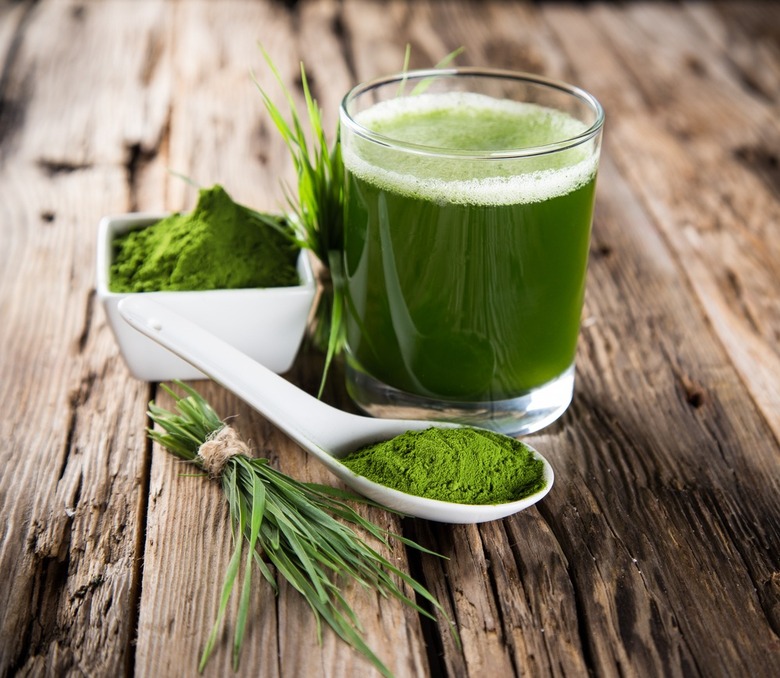What Is Spirulina?
Spirulina is a blue-green algae that grows naturally in mostly saltwater lakes and oceans in the tropics and subtropics. Under a microscope, the algae looks like tiny spirals, making its name very fitting. It's high in protein and iron and is made into tablets for use as a dietary supplement and also frequently used in green juices and smoothies. According to WebMD, some use spirulina for weight loss, ADHD, anxiety, depression, and diabetes. However, as of now, there isn't sufficient scientific evidence to prove or negate spirulina's effect on these or other conditions.
Long before spirulina was used as a supplement, it was a part of the acient Aztex diet. Lake Texcoco in Mexico was the Aztecs' source for spirulina, and 16th century reports claim they harvested the algae, dried it, and made it into green cakes to increase stamina on long trips. They also sold the blue-green algae in the marketplace. Now, people still trust in spirulina's energy-boosting abilities – Pinterest is awash with variations of spirulina smoothie recipes. Trader Joe's sells organic spirulina tablets to take daily as dietary supplements, and Arden's Garden includes the blue-green algae in its "Supergreen" smoothie, where it's paired with apples, bananas, and wheatgrass.
Today, spirulina is harvested in Africa's Lake Chad, as well as many other subtropical water bodies.
